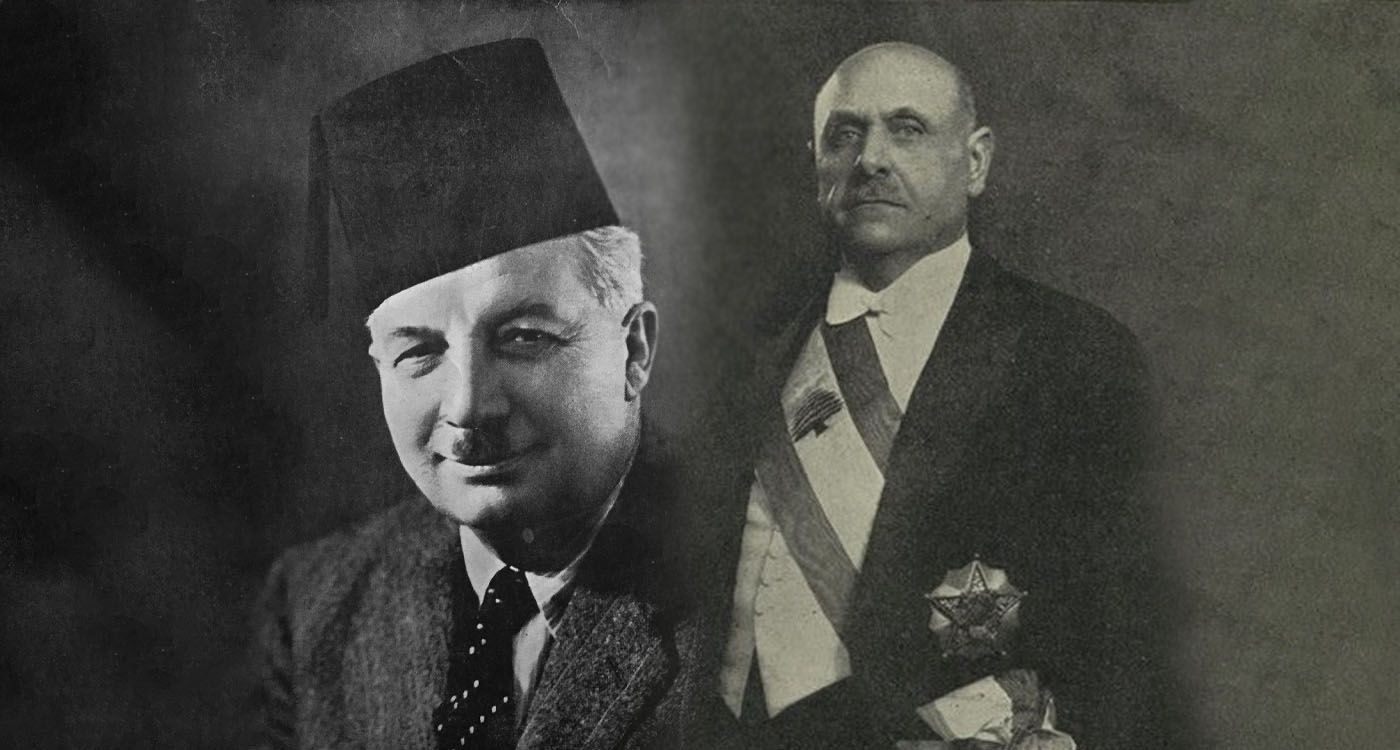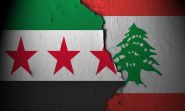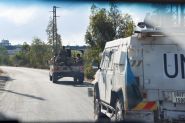
For many years, the Lebanese have marked the anniversary of November 22 with a sense of disillusionment, reflecting on the advanced state of decline of Lebanon’s independence, proclaimed in 1943. This feeling of bitterness has been exacerbated by a series of regional interventions, which have fostered a chronic climate of instability and discord within the country.
From Nasser's Egypt in the late 1950s to the Iranian mullah regime, as well as Yasser Arafat's PLO and Hafez el-Assad’s regime from the 1960s to the 1990s, the core principles of the state's sovereignty have been consistently undermined over time. A retrospective glance at history reveals the underlying causes that have steadily eroded the national autonomy process.
When, in 1943, the two fathers of independence, Bechara el-Khoury and Riad Solh, alongside other prominent figures, succeeded in ending the French mandate, they had to establish the character of the new Lebanon and define its political system. This task was particularly challenging, as the country was divided by two conflicting lines: the Christians, generally aligned with the West, and the Muslims, who were drawn to calls for Arab nationalism and unity.
To reconcile these two divergent sensitivities, Bechara el-Khoury and Riad Solh crafted a historic approach that would shape the foundation for the new Lebanese entity. They thus reached an unwritten pact, which later became known as the National Pact of 1943. This pact entailed a dual commitment: the Christians would turn away from their Western orientation, while the Muslims would relinquish their aspirations for Arab unity. The essence of the pact was encapsulated in the equation "neither East nor West," or more precisely, neither Westernization nor Arabization.
In short, borrowing a term commonly used in contemporary political discourse, Bechara el-Khoury and Riad Solh had opted for Lebanon’s neutrality as a strategy to defuse the tensions by the two opposing views: the pro-Western stance and the pan-Arab aspirations.
To translate the Pact’s core principles into reality, it was crucial to simultaneously establish the framework for the political system and lay the foundations for the equitable distribution of power between Christians and Muslims. This gave rise to the Lebanese Formula, which set the terms for how communities would participate at different levels of power. This formula would later be known as political confessionalism.
Foreign Interferences and Violations of the Pact
Lebanon’s persistent crises and wars over the past decades stem from the flawed application of the Lebanese formula and repeated violations of the National Pact, largely driven by foreign interferences.
The earliest indication of the Pact’s violation dates back to the late 1950s, during the Cold War. At that time, Egyptian President Gamal Abdel Nasser, promoting pan-Arabism, aligned to the Soviet bloc, to support his vision of transnational Arab unity. This ideology found significant support among many Lebanese, particularly within the Sunni community, undermining the Pact’s foundational principles.
President Camille Chamoun perceived this wave of Nasserist support as a potential avenue for Soviet influence in Lebanon. In response, he sought US military intervention, calling on the Marines and endorsing the Eisenhower Doctrine, which aimed to curb communist expansion in the region.
The Palestinian, Syrian and Iranian Factors
The Sunni street’s embrace of Nasser’s pan-Arab aspirations, alongside President Chamoun’s pro-Western stance, marked the first major violation of the Pact, ultimately culminating in the bloody events of 1958.
Stability was only partially restored when General Fouad Chehab assumed the presidency and brokered an American-mediated agreement of non-interference with Nasser, reasserting Lebanon’s neutrality. This led to a temporary restoration of independence and internal calm. However, this stability was soon disrupted by regional turmoil surrounding the Palestinian issue and the broader Israeli-Arab conflict.
In the late 1960s, the establishment of Palestinian armed groups in Arkoub (the Fatahland) in South Lebanon, and the widespread popular support, particularly among the Islamo-leftist factions, for the free operation of the fedayeen (Palestinian militants) came at the expense of Lebanon’s sovereignty. This development marked another stark violation of the National Pact, as ideological and strategic motives once again took precedence over state sovereignty.
This trend of disregarding for the Pact persisted through the 1980s and until 2005, with Lebanon subordinating itself to Syrian occupation under the guise of fostering “privileged relations” with Damascus. The situation further deteriorated after 2005 with Iran’s growing influence in Lebanon, compounded by Hezbollah’s submission to the wilayat al-faqih (Supreme Leader of the Islamic Republic) on key strategic decisions, including matters of war and peace, delivering a yet more profound blow to the National Pact.
The Absence of Governance
The ongoing disregard and repeated violations of the solemn commitment made by Presidents Bechara el-Khoury and Riad Solh in 1943 account for the crises and wars that have destabilized Lebanon in recent decades. However, these breaches were also enabled by an equally serious issue: the mismanagement, or even the absence of governance, that has plagued the implementation of the Lebanese Formula.
This neglect of public affairs was evident from the very beginning. Georges Naccache, founder of L’Orient and a trailblazer in Francophone journalism, underscored this in a 1949 editorial: “What is called the state is nothing but a filthy fairground open to the most audacious adventurers, who have looted the nation’s wealth.” Over seventy years later, his assessment remains strikingly relevant.
Beyond governance failures, Naccache highlighted an even deeper problem in his celebrated editorial, “Two Negations Do Not Make a Nation.” Published on March 10, 1949, this incisive critique of the National Pact earned him three months of imprisonment and a six-month suspension of L’Orient. Naccache offered a piercing observation of the Pact’s essence (neither East nor West; “neither the West nor Arabization”):
“What half of the Lebanese do not want is very clear; what the other half does not want is equally clear; but what both halves want in common is what we cannot see.”
That was 1949. In 2024, Lebanon still stands at the same crossroads. It is undeniably time for Lebanon’s diverse communities to unite in crafting a shared vision for the nation’s destiny and political identity. Embracing the neutrality enshrined in the National Pact is an essential step toward reclaiming and effectively managing an independence that is far too long overdue.




Comments